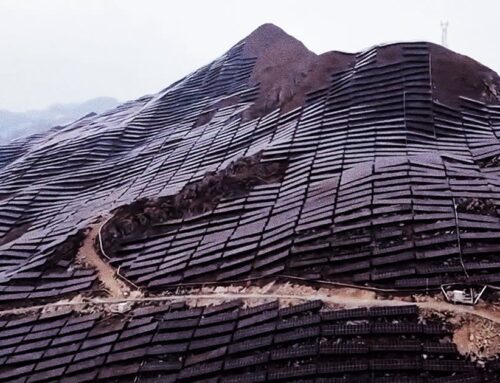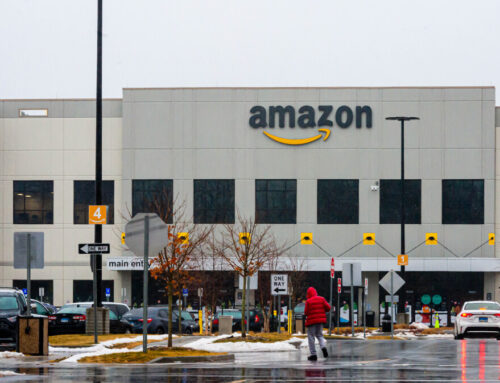Coral spawning will close Kahaluu Beach Park starting May 11
May 9, 2025
Home to an important and unique coral reef ecosystem, the bay at Kahaluu Beach Park in Kailua-Kona will close from May 11 through 19 due to cauliflower coral spawning, Hawaii County’s Department of Parks and Recreation said in a news release. The park will reopen May 20.
Kahaluu Bay is one of the most popular snorkeling spots in the entire state, with over 400,000 people visiting each year to take in its diverse marine life and ancient coral colonies. This “break” will be the eighth year of the much-needed rest period at the bay.
“By letting Kahaluu rest, we are doing our part to protect our coral reef ecosystems as they face increasing pressure from climate change,” said Mayor Kimo Alameda. “These annual closures are important for helping the coral rebound, and we want to thank our community partners and the public for ensuring that our reefs benefit future generations.”
Once abundant on shallow coral reefs along West Hawaii shorelines including Kahaluu Bay, 90% of the cauliflower coral in the bay — a key species in Hawaii reefs — has been decimated by marine heatwaves in 2015 and 2019, according to the Department of Land and Natural Resources’ Division of Aquatic Resources and Eyes of the Reef Network.
In response, annual rest periods began in 2018, which provided a hugely positive impact on reef health at Kahaluu. Only six mature cauliflower coral colonies remained in 2017. Now there are hundreds, if not thousands, of colonies growing on the reef, providing critical habitat for marine life and coastal protection.
During the closure, the county’s Department of Parks and Recreation asks the public to avoid swimming, snorkeling and surfing in Kahaluu Bay.
“We fully support this voluntary measure as natural reproduction events are critically important,” said DAR Administrator Brian Neilson. “Kahaluu Bay is a vital nursery for corals and an outstanding example of the kind of work underway to perpetuate these foundations of the ocean.”
Through research conducted around coral spawning by the National Oceanic and Atmospheric Administration and generations of intentional observation, or kilo, the spawning of cauliflower coral and other coral species can be predicted accurately. Research has shown it can take as little as 24 hours for cauliflower corals to successfully reproduce and resettle in new reef areas.
“It has been amazing to see the community come together to care for Kahaluu Bay during the rest periods,” said The Kohala Center’s Director of ʻĀina Advocacy Cindi Punihaole. The Kohaha Center’s ReefTeach Program has been a key partner with the county to protect and restore Kahaluu Bay.
“To see the bay at rest and the new corals growing on the reef is a testament to what is possible when we work together to care for ʻāina,” Punihaole said.
Search
RECENT PRESS RELEASES
Related Post




